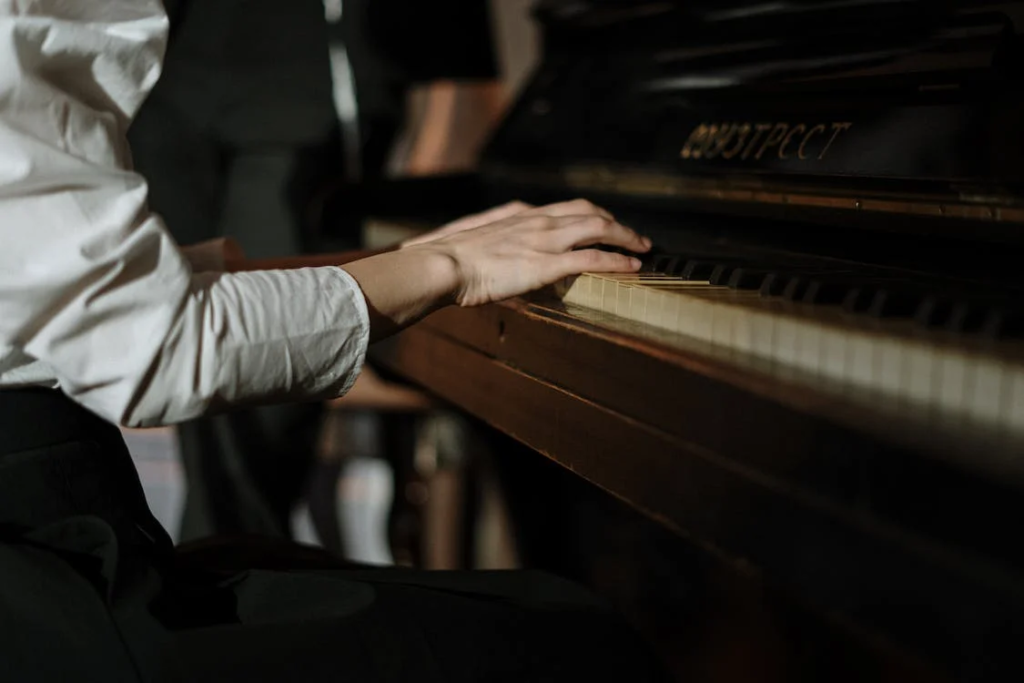
When you think of music, what comes to mind? Chances are it’s the melody from a beloved childhood memory or an upbeat song you can’t get out of your head. However, there is more to music than meets the eye when it comes to emotional pieces.
Understanding how specific notes work together in chordal harmony is key to creating more emotional music. Chordal harmony is the term used to describe how different chords create tension and release in a musical piece. One of the most critical parts of chordal harmony is the emotions evoked before and after the chord.
This article explains everything you need to know about chordal harmony so that you have the power to create more dynamic songs and gain a deeper appreciation and understanding of pieces that use the emotional power of chordal harmonies.
Recognizing cadence
An essential part of chordal harmony is recognizing the cadence and understanding why certain chords are so important. A cadence is usually identified as a chord progression that marks the ending of a phrase in a piece of music. You can use musical cadences in various ways to evoke different emotions in the listener.
Types of Cadences
There are four main types of cadences that are used when creating musical pieces:
- A perfect cadence: This type of cadence occurs when the musical piece goes from chord V-I. Out of all of the cadences, this is the one that sounds the most “complete.”
- A plagal cadence: This type of cadence occurs when a musical number progresses from chord IV-I. Like the perfect cadence, this one also sounds more “complete” than other cadences because they both go back to chord I.
- An imperfect cadence: This type of cadence occurs when a musical piece starts on chord I, II, or IV and ends at chord V. This can leave the listener with a sense of longing as the chord sounds more “unfinished.”
- A deceptive cadence: This type of cadence occurs when a musical number ends on an unexpected chord. It is also known as the “interrupted cadence” as it sometimes sounds like the music was literally interrupted.
Resolution
Resolution is another important aspect of creative chordal harmony in music. This is when the tension created in the cadence is released. Using cadences is a great way to create “resolution” in a piece of music, as it can leave the listener feeling as though they are longing for something or that they have arrived at a place of familiarity.
This is especially crucial if you are trying to create an emotional piece, as the resolution is a critical factor in how people will feel while listening to a piece of music.
Chords in major and minor
Major and minor chords are the most common ones used in music. They can create a wide variety of emotions, depending on the way the chords are used. Major chords are more likely to create a sense of happiness when used in musical pieces. However, minor chords are known for their tendency to create a sense of sadness, mystery, and intrigue.
This is why many songs in minor keys are known to create a feeling of melancholy and why many songs in major keys create a sense of joy. The type of chords present in a piece of music can do a lot for the overall feel of the music and contribute heavily to the emotional power of a piece.
Typical emotional characteristics
Understanding common emotional characteristics of chords allow you to understand better what emotions they are likely to create. To better understand these types of emotional characteristics and how to recognize them, it can be a good idea to get an ear training course so you can learn from a professional.Understanding typical emotional characteristics will help you better understand the impact of chords and how you can use them to create truly emotional pieces.
Switching between modals
As you can see, there is a lot going on in chordal harmony. However, in order to create more advanced chord progressions and more emotional pieces, the rules of chordal harmony need to be broken. One of the best ways to do this is by switching between modals. This is essentially taking chords from different keys without actually changing the key of the song. Switching between modals can make a piece more emotional and exciting when used properly.
Final thoughts
Chordal harmony is an essential part of emotional music. It is used to create tension and resolution and set the mood of a song. With this in mind, you can use creative chordal harmony for guitar, piano, harp, or whatever instrument you choose to create more dynamic and emotional music. How will you use the power of chordal harmony in your next musical piece?



